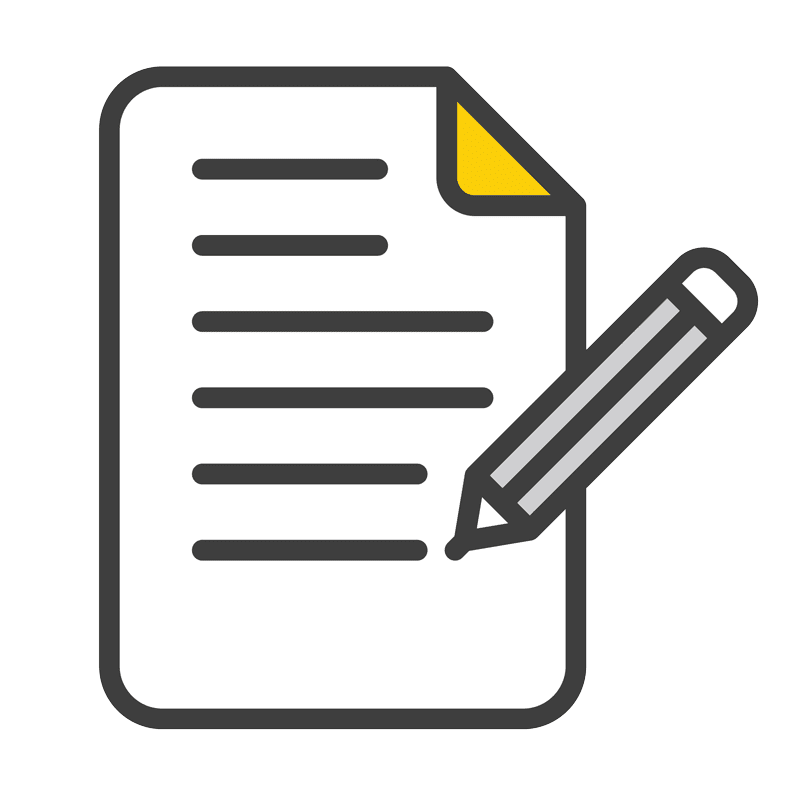Mastering the Subtle Art of Proofreading and Editing
The process of writing doesn’t cease with typing the final full stop on your draft. More often than not, a herculean task still awaits you: Proofreading and editing. This process is what turns an ordinary piece of writing into a polished, coherent, and effective piece of communication. This blog post will guide you on how to proofread and edit your text effectively:
1. Take a Break:
Firstly, take a step back. This may sound counter-intuitive, but taking a break after you’ve finished drafting can do wonders. Your brain needs time to reset before it can view the work objectively, catch errors, and make informed decisions on content restructuring.
2. Focus on One Issue at a Time:
When you’re ready to start reviewing your work, it’s advisable to focus on one issue at a time instead of trying to catch every error simultaneously. You can have one pass for checking spelling, another for punctuation, and another for word choice. This will improve your focus and increase the chances of spotting errors.
3. Read Out Loud:
It may feel strange initially, but reading your work aloud can help you spot clumsy sentences or awkward phrases that your eyes might have skipped on the first read. Listening to your words helps to catch inconsistencies in flow, and it often sheds light on the readability of your sentences.
4. Check for Consistency:
Aside from grammar and spelling, it’s crucial to ensure consistency. Check for consistent notation, terminology, naming conventions, and writing style throughout your text. Maintaining consistency throughout the document not only shows professionalism but also offers a smoother reading experience.
5. Consider the Bigger Picture:
During your final review, think about the broader aspects of your text. Do your paragraphs flow smoothly? Are your arguments coherent and convincing? Does the text meet its intended purpose? If additional clarity or strength is required, don’t hesitate to get back into writer mode and redefine the sentences.
6. Utilize Digital Tools:
Grammar and spell-check tools can be your allies in this process, although they should never wholly replace a manual proofread. Tools can detect spelling errors, punctuation mistakes, and some grammar issues. However, they may not be as effective in catching contextual errors or inaccuracies in your content. Therefore, use digital tools in conjunction with manual proofreading.
7. Seek a Second Opinion:
Finally, if possible, have someone else read your writing. A fresh pair of eyes can spot mistakes you might have missed and provide feedback that can enhance your work. If you can’t find a volunteer, professional services like PaperBlazer can offer expert editing and proofreading assistance.
In essence, proofreading and editing are not just about error-spotting but improving the overall quality of your communication. A well-edited document not only reinforces your credibility but also makes a positive impression on your readers. Happy writing and happy editing!
Sources:
Purdue Online Writing Lab. “Proofreading.” Purdue Writing Lab. https://owl.purdue.edu/owl/general_writing/mechanics/proofreading/index.html
Grammar Girl. “How to Proofread.” Quick and Dirty Tips. https://www.quickanddirtytips.com/education/grammar/how-to-proofread




